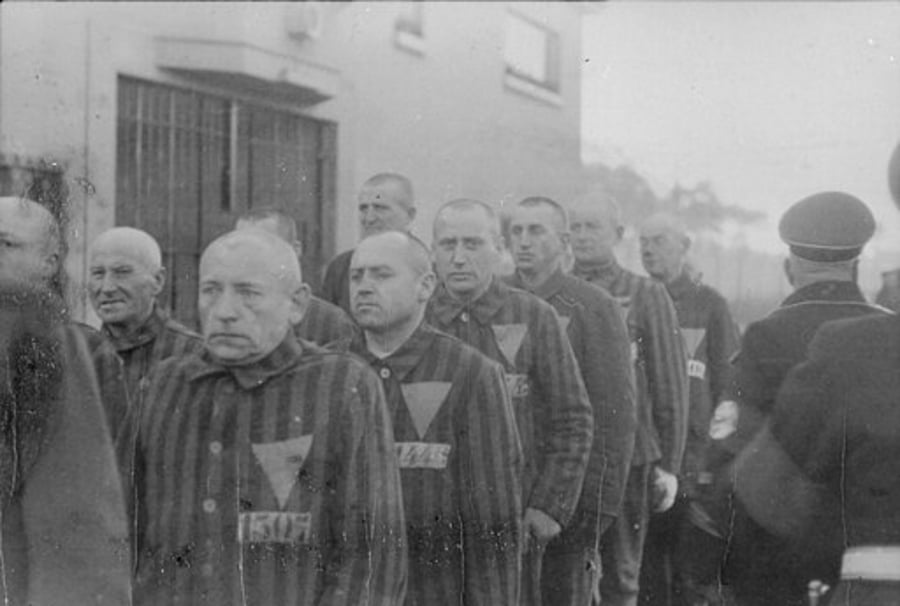
In a powerful reminder that time cannot erase the darkest chapters of history, a German court ruled today that a 100-year-old former Nazi concentration camp guard must face trial for his alleged role in thousands of murders at Sachsenhausen.
Gregor Formanek, who served at the notorious camp near Berlin between 1943 and 1945, had initially been deemed too frail for trial. But in a dramatic reversal, Frankfurt's higher regional court determined he must answer for his alleged participation in 3,322 murders.
The ruling speaks to Germany's relentless pursuit of justice for Holocaust victims, even as the sands of time thin the ranks of both survivors and perpetrators. Sachsenhausen, where the infamous "Arbeit Macht Frei" (Work Sets You Free) sign still stands as a grim reminder, was one of Nazi Germany's first concentration camps.
"Sufficient facts" were lacking in the initial assessment of Formanek's fitness for trial, the Frankfurt court declared, challenging an earlier expert's conclusion about his mental and physical condition. The decision underscores Germany's commitment, sparked by a landmark 2011 ruling, to prosecute the last living links to the Holocaust.
The case raises profound questions about justice, age, and accountability. At 100 years old, Formanek represents one of the last opportunities for Germany to confront its Nazi past through living participants. He would have been around 19 when he began his service at Sachsenhausen, where tens of thousands of prisoners died from exhaustion, disease, forced labor, and systematic execution.
What happened at Sachsenhausen?
The Sachsenhausen concentration camp was operated by Nazi Germany from 1936 to 1945 near Oranienburg, Germany. It was one of the first major concentration camps established by the Nazi regime and served as a training ground for SS officers who would go on to run other camps.
The camp was primarily used to imprison political opponents, Jews, Roma people, homosexuals, and other groups targeted by the Nazi regime.
Prisoners were subjected to horrific conditions including:
- Forced labor in workshops and construction projects
- Medical experimentation
- Systematic abuse and torture
- Executions, including mass shootings and gassings
- Extreme malnutrition and disease
- Exposure to harsh weather conditions with inadequate clothing and shelter
Soviet forces liberated Sachsenhausen in April 1945. By that time, tens of thousands of people had died there - estimates range from 30,000 to 100,000 deaths. Many more prisoners died during forced evacuation marches as the Nazis attempted to hide evidence of their crimes in the final months of the war.
After WWII, the Soviet administration used parts of the camp as Special Camp No. 7 until 1950. Today, Sachsenhausen is preserved as a memorial and museum to educate visitors about the atrocities committed there and honor the memory of its victims. The site includes preserved buildings, memorials, and exhibits documenting both the Nazi period and subsequent Soviet use. It serves as an important historical site for understanding the systematic nature of Nazi persecution and the Holocaust.
The Times of Israel contributed to this article.
















